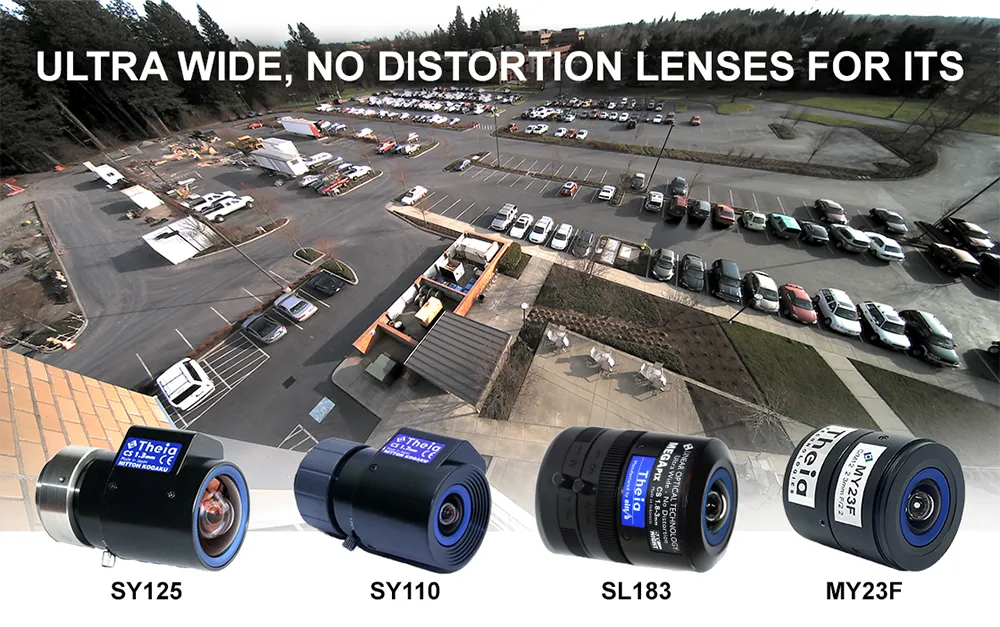Sony's latest FCB E-Series of colour block cameras, which cover a variety of features, optical zoom ranges and advanced capabilities including progressive scan imaging, is designed to provide original equipment manufacturers and systems integrators with the right camera for an expanding number of applications including security, intelligent traffic, unmanned vehicles, low vision, inspection and videoconferencing.
February 2, 2012
Read time: 2 mins
The FCB E-Series is comprised of 10 cameras with zoom ranges from x18 to x36. Sony says the top-of-the-line FCB-EX1020 and EX1020P opens new horizons with true progressive scan imaging combined with an IP-ready digital output. Progressive scan images magnified with x36 optical zoom (up to x432 combined optical and digital zoom) produce clear pictures of distant moving objects, in applications such as automatic number plate recognition.
The variety of the E-Series line-up allows customers to select which specific features are needed for particular applications. For example, in surveillance and intelligent traffic applications, when a camera is shooting under a sodium vapour lamp (typically street or tunnel lighting), the FCB E Series automatically compensates to restore objects to their original colour. In addition, Sony points out that all E-Series cameras utilise a digital interface (Y/Cb/Cr 4:2:2) that delivers virtually non-deteriorated images by removing the need for an external analogue/digital converter.










